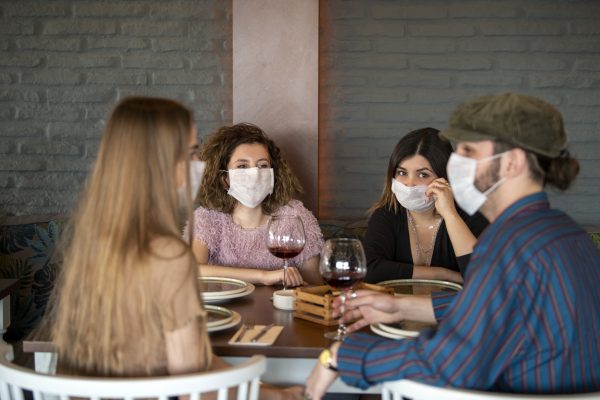The world as we know it has changed forever. (Thanks, coronavirus!) Nowhere will this be more evident than in restaurants, which are jonesing to reopen so they can simply survive. When they do finally get the go-ahead to welcome customers back into their dining rooms, don’t expect anything to be the same as it was pre-COVID-19.
The National Restaurant Association has released guidelines so venues can reopen and serve diners safely, and suffice to say, they’re extensive. The 10-page document outlines how management, servers, and kitchen staff can keep diners safe while still dishing up the delicious meals we’ve desperately missed during quarantine. What does this mean for you, hungry reader? A different dining experience to be sure. Here’s what eating out post-coronavirus will likely look like.
Cover Photo: 101cats (Getty Images)
Mandatory Good Deed of the Day: Loyal Restaurant Patrons Tip Entire Stimulus Check to Support Local Restaurant
Soul food: Cambridge, Massachusetts Mayor Pays Local Restaurants to Feed the Homeless
Help Prevent the Spread of the Coronavirus
Visit the Centers for Disease Control at CDC.gov or the World Health Organization at Who.int for the latest information on the coronavirus and learn what you can do to stop the spread.
Follow Mandatory on Facebook, Twitter, and Instagram.
Dining Out Post Coronavirus
-
Check, check.
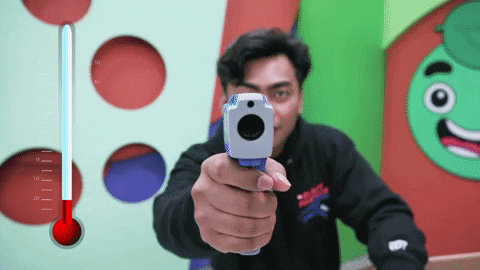
You may have to get your temperature checked at the door. Be cool. Literally. It's for the common good.
-
Question-and-answer period.
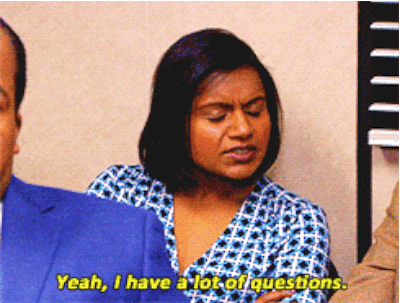
You will likely be asked if you’ve been sick recently or have been in contact with anyone who has COVID-19. Answer truthfully.
-
Staggered tables.

Restaurants will be less crowded because of social distancing guidelines. Ideally, tables will be at least 6 feet apart and large groups will be limited to somewhere between four and 10 people, tops. For diners, this might actually a positive change resulting in fewer patrons, less noise, and (maybe?) faster service.
-
Paper or app-based menus.
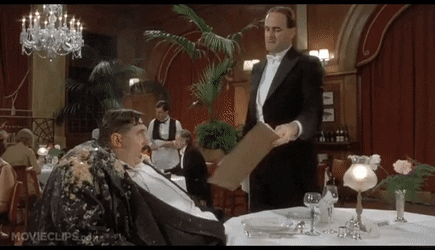
Sorry, Mother Earth. We’re going to be disposing of a lot of paper menus in the coming months. Gone are the grimy laminated or fancy folder menus we’ve gotten used to (and reused and reused and reused). Those who are hip to conservation efforts – and have the technology to go green – may opt for menus that you’ll order from directly on your phone.
-
Masked heroes.
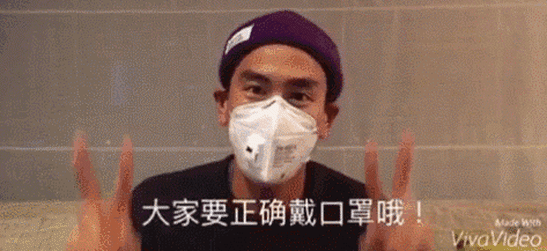
Your brave servers may be wearing masks as they serve you. Really, why didn’t we think of this before? Saliva and other people’s food just don’t mix. If you're being courteous, you'll wear a mask, too. (Though not while eating, of course.)
-
White-glove service.
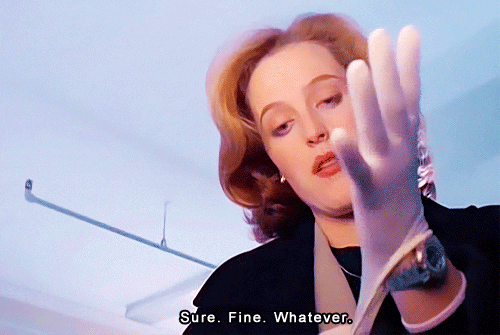
OK, the gloves may not be white, nor cloth, but servers will likely be donning disposable gloves from here on out.
-
Serve yourself.
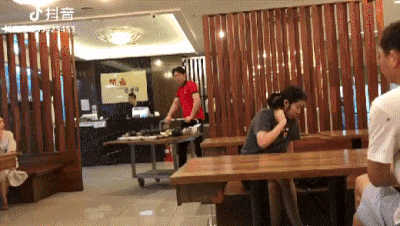
To maintain 6 feet of social distancing, some restaurants may have servers bring food out on trays and ask you to serve yourself. When you’re done, you’ll replace the plates on the serving tray.
-
A side of hand sanitizer.

The safest way to consume food now is with utensils (rolled, not pre-set), but if you must indulge in finger food while dining out, you’ll hopefully be provided with a post-meal pump of hand sanitizer.
-
Cash is no longer king.
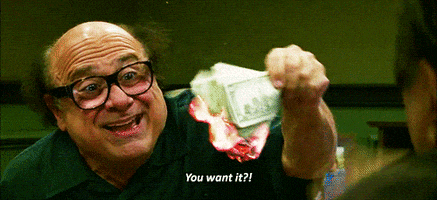
Credit cards are more sanitary than cash, so expect restaurants to ban your hard-earned dolla dolla bills for the time being.
-
Risky business.
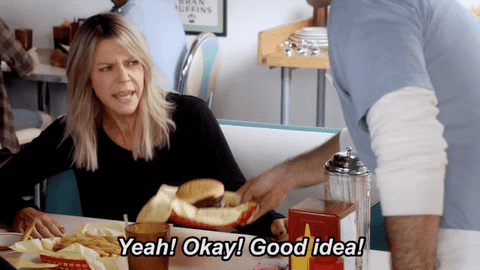
As much as you want to support your local restaurants, you might decide that dining out isn’t worth the risk. Servers are more susceptible to COVID-19 infection because of the number of people they come in contact with, and they may be less likely to seek help if they have no health insurance or the subpar health insurance often associated with hospitality industry gigs. If your restaurant of choice offers take-out, that might be the safer way to go.
